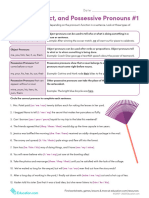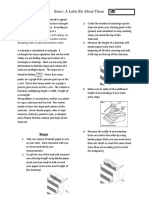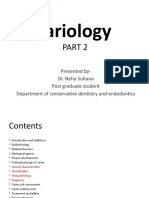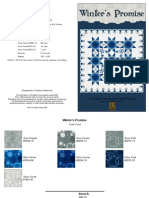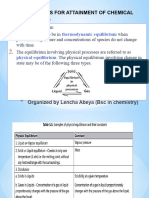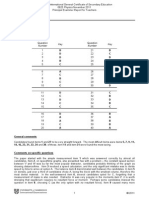0% found this document useful (0 votes)
21 views5 pagesOops Lesson
This lesson plan focuses on teaching Object-Oriented Programming (OOP) in Python, covering core principles such as classes, objects, encapsulation, inheritance, and polymorphism. Students will apply these concepts by building a simple Library Management System that includes features like adding, borrowing, and returning books. The lesson aims to make learning OOP engaging and practical through hands-on project work.
Uploaded by
dibyarayartCopyright
© © All Rights Reserved
We take content rights seriously. If you suspect this is your content, claim it here.
Available Formats
Download as PDF, TXT or read online on Scribd
0% found this document useful (0 votes)
21 views5 pagesOops Lesson
This lesson plan focuses on teaching Object-Oriented Programming (OOP) in Python, covering core principles such as classes, objects, encapsulation, inheritance, and polymorphism. Students will apply these concepts by building a simple Library Management System that includes features like adding, borrowing, and returning books. The lesson aims to make learning OOP engaging and practical through hands-on project work.
Uploaded by
dibyarayartCopyright
© © All Rights Reserved
We take content rights seriously. If you suspect this is your content, claim it here.
Available Formats
Download as PDF, TXT or read online on Scribd
/ 5


























































